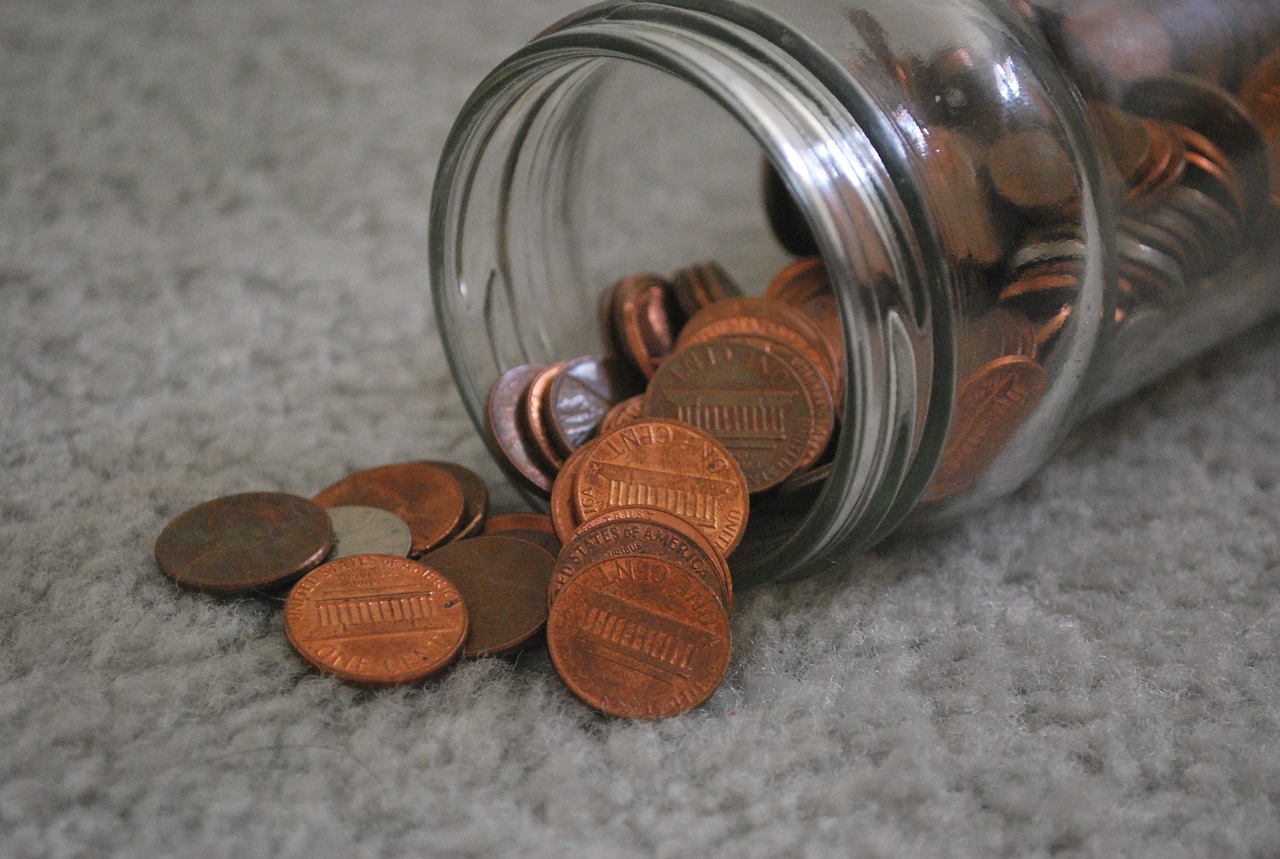
If you’re interested in starting your own coin collection, but want to do a bit of research beforehand, we think the perfect place to start is learning some of the key terms.
Coin collecting can be both rewarding and intimidating at the same time, with it often seeming like coin collectors are speaking their own unique language. With that in mind, we have put together a glossary of terms to help you along the way and to allow you the best possible chance of starting and progressing your coin collection.
Authentication Certificate – This often comes with any collectors or sovereign coin bought, and certifies the coin to be genuine and as described.
Circulated – This described a coin that shows general signs of wear and tear, through its circulation as legal tender.
Denomination – A way of classifying and describing a coin type, for example a Quarter Sovereign.
Issuing Authority – This refers to the authority to which has authorised and issued a coin for circulation.
Mint Mark – This is a small letter or symbol to indicate where a coin has been struck. These are also sometimes added to modern sovereigns as a way of showing the commemorative nature.
Mintage – This is the total number of coins struck. For example, a sovereign may have a mintage of 3,999.
Obverse – This is the front, or heads, side of a coin. It often depicts a monarch portrait.
Proof – This is the highest possible quality that a coin can be, in an unused, uncirculated and presented condition. They often also have a mirrored finish.
Quality – The condition of a coin or the amount of wear that coin has received. Commonly used is Proof to describe the highest quality.
Reverse – This is the back, or tails, of a coin. It is the opposite to the ‘obverse’ of a coin.
SOTD – This is an abbreviation of ‘Struck on the Day’ and refers to a coin that has been struck on the same day as the historic event or monarch it commemorates.
Uncirculated – A coin that has never been used, meaning it retains all or most of its original shine and appearance.


